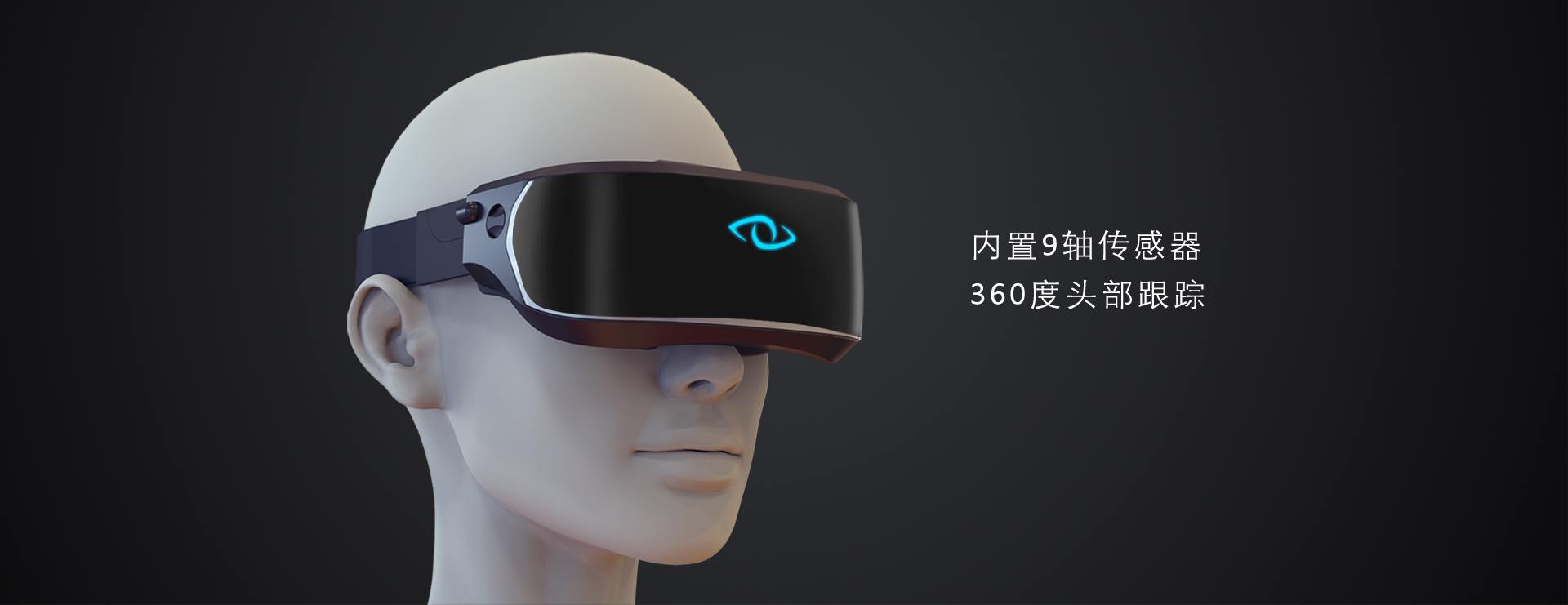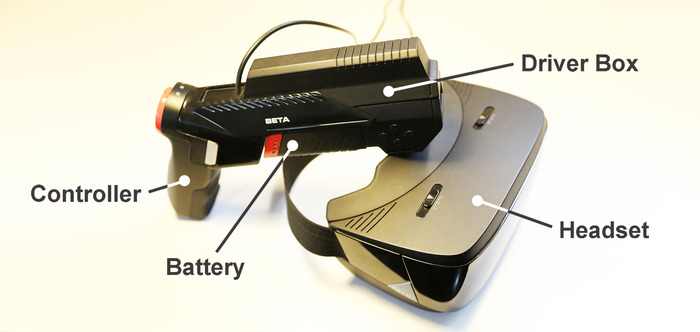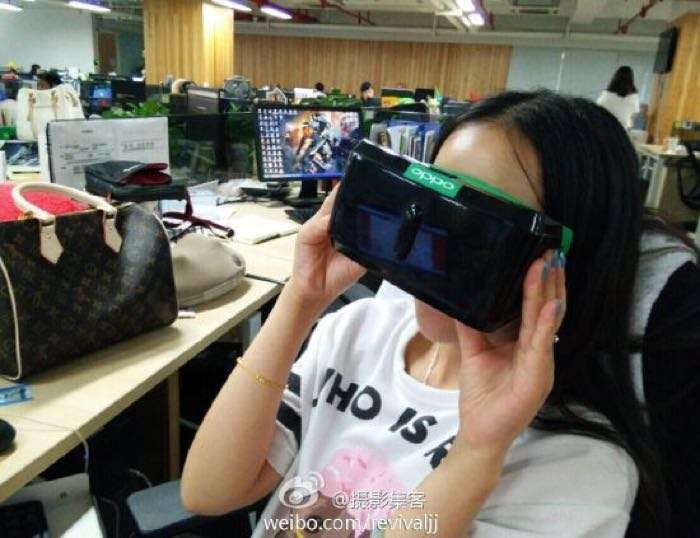There’s a big virtually real wave and a bunch of proverbial surfers in the water. Their equipment, performances, and values differ. Some ride long boards, others short boards, and others still seem content to body surf their way cheaply to the consumer shore. Each brings varied pros and cons from affordability to functionality and lack thereof.
The Google Cardboard Project gives at-home engineers the blueprint to create a gimmick of a VR experience using garage junk and a smartphone. This December, the Samsung Gear VR headset is set to give users a more immersive experience for $199 when paired with the Galaxy Note 4. Even broadcasters are preparing up for the rush of VR devices.
Chinese developers may not have been the first or most touted presence in the VR market, but they might be the most abundant. Three notable VR kits have emerged from the People’s Republic in recent months as welcome competition to devices available and announced. And as the People’s Republic establishes itself as a big and plentiful player, the question is: Will quality match the quantity?
Three Glasses

The most recent player is Three Glasses, from Shenzhen’s Jingweidu Technology.
The device, which should ship in late 2014, will be available for about $327. Cheaper than the popular Oculus DevKit2, Three Glasses claims a few additional perks above the alternatives. The two most significant advantages include an increased field of view/video (FOV) and much lighter weight.
Three Glasses offers an 124º FOV compared to the DK2’s 100º FOV. The almost 25% difference nears the standard human eye’s FOV at 180º. Though this degree provides a more realistic experience, it might likewise induce nausea and motion sickness — some of the issues Oculus VR surmounted via tons of testing — through its ambition.
The headset’s weight won’t come with suck downsides. At 280 grams, the Three Glasses headset weighs 160 grams (37%) less than the DK2. Assuming the headset is comfortable, that weight can mean the difference between hours of use and hours of use.
Three Glasses was announced alongside compatible addons like an audio headset, steering wheel, and joystick. And though the device is recommended for high performance personal computers, hardware requirements decrease for simple pleasures like watching videos.
ANTVR’s Kickstarter Success

One of the most intriguing VR devices of late is the ANTVR KIT. An all-in-one device, the KIT comes with a headset and controller that converts into four different apparatuses.
The device made its name on Kickstarter back in May where it raised $260,834 in a 40-day funding period. The $60,834 over its $200,000 goal shows the apparent interest in the KIT.
The most intriguing aspects are it’s convertible controller, optional wirelessness, and one-step positional tracking.
With a few clicks and folds, the controller transforms from gamepad to a joystick to a gun. Though it’s doubtless practical, each controller form seems a bit awkward to hold and use. Form, in this case, follows transformity rather than function.

There’s also a wireless option for the KIT. Wired VR headsets tether wearers to their hardware. Though this isn’t always inconvenient, it does complicate the more physically interactive experiences. ANTVR’s wireless KIT has an added $200 price tag.
Lastly, the one-step positional tracking pad lets players control their ingame character through single steps forward, backward, and side-to-side. If you jump, your character jumps. Crouch and your character follows suit.
Though the KIT boasts similar specs to the DK2, the developers claim better display quality with no distortion. A 1080p screen and an aspherical lens projects the picture directly onto your retina “without distorting the image, allowing every pixel to remain in sharp focus.”
Unfortunately, if you haven’t already pledged to order a beta version, you’ll have to wait until ANTVR matures from its Kickstarter stage.
Oppo’s Teaser

Oppo is not well known outside of China, but the company is one of the PR’s major electronics manufacturers. Though there’s no call for much excitement worldwide, the company’s recent VR stunt is conceptually interesting everywhere.
In October, the company shared a photo of an employee wearing an Oppo-branded VR headset on Weibo (China’s Twitter substitute). Speculators thought the device might be launched alongside the Oppo N3 phone, like the Samsung Gear VR headset will launch in conjunction with the Galaxy Note 4. Weeks later, Oppo sent media members headsets as invitations to their N3 phone launch.
The headset/smartphone combination continues to intrigue as smartphones stay ubiquitous and interest in VR headsets increases. Oppo’s bold if copycat combo predicts the industry’s interest.
During its rise to the top, Oculus outgrew some pains to stretched onto the consumer market, including issues with nausea and headaches from its users. These technical obstacles were unforeseen but fundamental and necessary to solve. The public response gave new developers an upper hand, enabling them to bypass some of the difficulties that only emerge once a product goes public.
Virtual reality is still an infant market with presumably huge potential. With its wealth of resources and bloated economy, China is in a prime position to support the VR community with many and quality devices. The one thing holding it back is the China brand. The term “Made in China” is synonymous with “cheap” in all its permutations. Plenty of critics already dismiss these Chinese VR devices, writing them off as attempts to ride the VR wave toward quick and short-term sales, unwilling to differentiate the good from the bad and the ugly. If these devices prove to be ill-conceived early birds, it will taint the reputation and future of China’s VR presence. If, however, they arrive as quality, innovative products, China may find a new market from which to rebrand.
Image credit: Three Glasses, Kickstarter, and Weibo



















